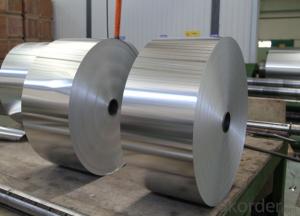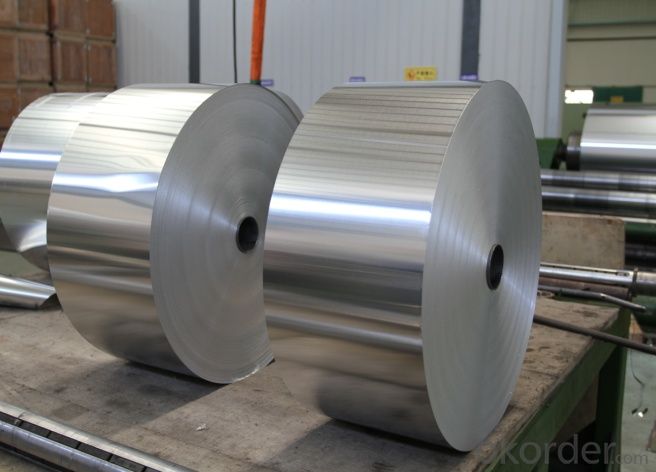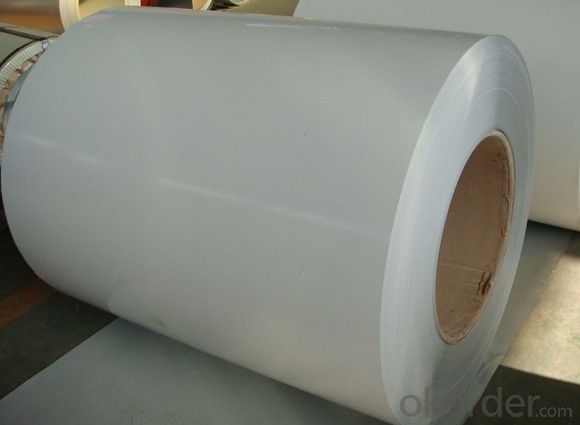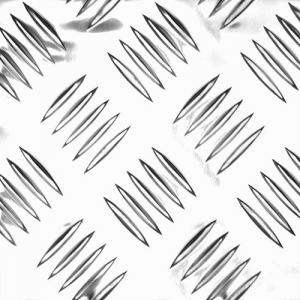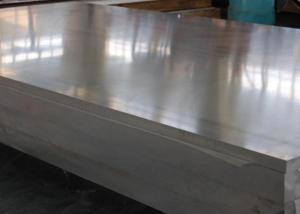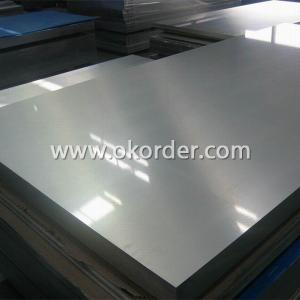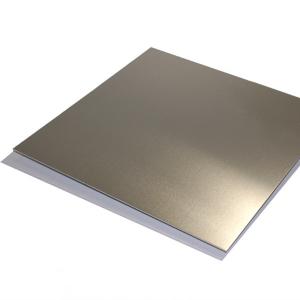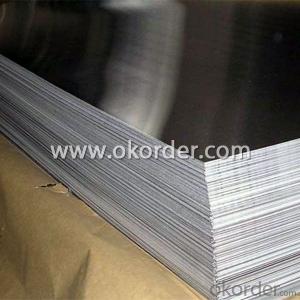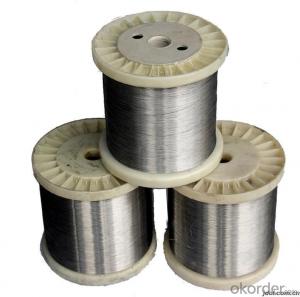Beveled Aluminum Skin Sheets - 8011 1235 3105 Aluminum Foil in Roll
- Loading Port:
- Shanghai
- Payment Terms:
- TT OR LC
- Min Order Qty:
- 5 m.t.
- Supply Capability:
- 9000 m.t./month
OKorder Service Pledge
OKorder Financial Service
You Might Also Like
Specification
Introduction of Aluminum Foil
Aluminum foil is aluminum prepared in thin metal leaves with a thickness less than 0.2 millimetres (8 mils); thinner gauges down to 6 micrometres (0.24 mil) are also commonly used. In the United States, foils are commonly gauged in thousandths of an inch or mils. Standard household foil is typically 0.016 mm (0.63 mil) thick, and heavy duty household foil is typically 0.024 mm (0.94 mil). The foil is pliable, and can be readily bent or wrapped around objects. Thin foils are fragile and are sometimes lamilated to other materials such as plastics or paper to make them more useful. Aluminum foil supplanted tin foil in the mid 20th century.
Annual production of aluminum foil was approximately 216,000 tonnes (216,000 tons) in LingFeng (our company) one year..Approximately 75% of aluminium foil is used for packaging of foods. household foil,container foil, cosmetics and pharmaceutcal foil etc, and 25% used for industrial applications (e.g. thermal insulation, cables and electronics).
Application of Aluminum Foil:Mainly used in package for food, drinking, cigarette, Pharmaceutical, photograph, daily necessities, power capacitor, construction, auto,boat, celling, lable, etc .
Quality of Aluminum Foil: Totally free from defects like white rust, oil patches, roll marks, edge damage, camber, dents, holes, break lines, scratches and free from coil set.
Chinese Standard of Aluminum Foil: ASTM-B209. EN573-1, GB/T3880.1-2006
Packing for Aluminum Foil: Seaworthy wooden case/box, or as your requirement. ID of aluminum foil roll: 76mm,152mm,200mm,300mm
Kind attention: Specifications can be customized as the customer’s requirements.
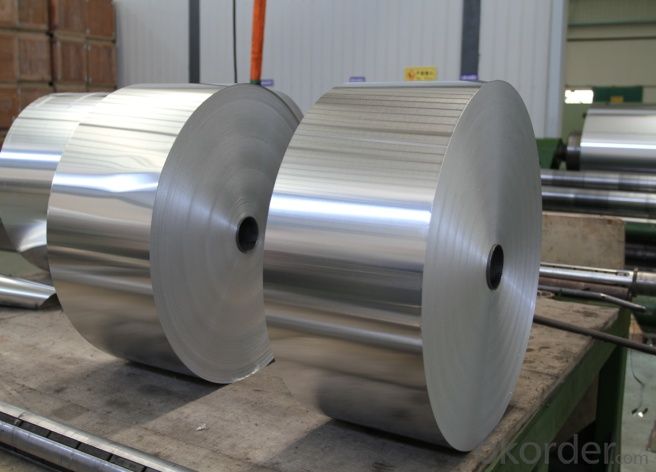
Specification of Aluminum Foil
| Alloy No. | Thickness (mm) | Width (mm) | Temper | |
| A1145,A1235,A8011 Household Foil | 0.005-0.2 | 20-1700 | O,H14,H18,H19,H24 | |
| A3003,A8011 Semi Rigid Container Foil | 0.005-0.2 | 20-1700 | O,H14,H18,H19,H24 | |
| A8011,A8021 Pharmaceutical Foil | 0.005-0.2 | 20-1700 | O,H14,H18,H19,H24 | |
| A8011 Foil Label | 0.005-0.2 | 20-1700 | O,H14,H18,H19,H24 | |
| A1145,A1100,A1235,A8001 Fexible Packing Foil | 0.005-0.2 | 20-1700 | O,H14,H18,H19,H24 | |
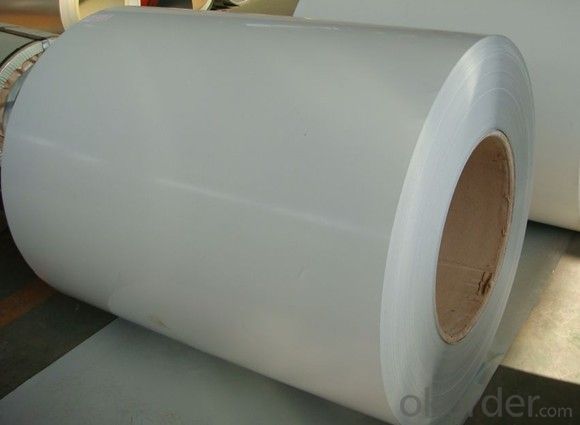
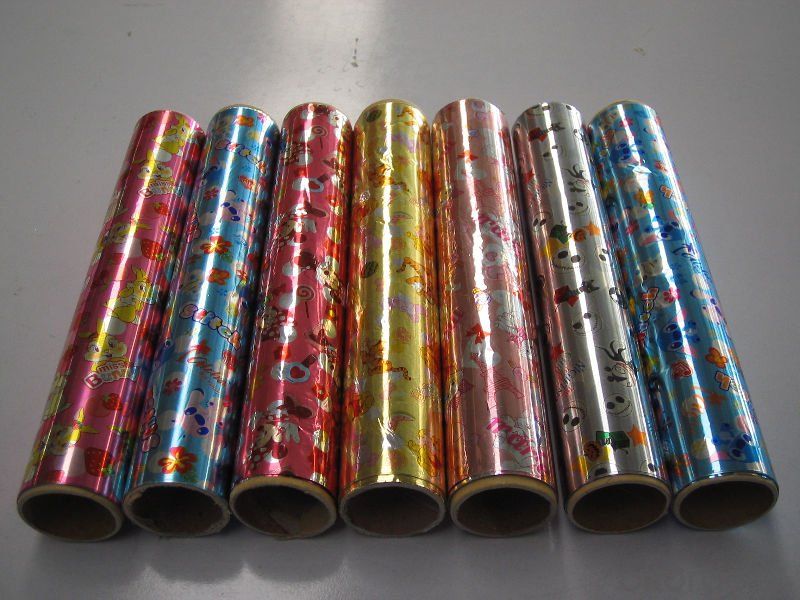
- Q: This question asks for a comparison between aluminum sheets and other types of sheet metal regarding their strength and durability.
- <p>Aluminum sheets are known for their high strength-to-weight ratio, making them lighter than many other sheet metals such as steel. They offer excellent corrosion resistance, which contributes to their durability. However, in terms of sheer strength, aluminum is not as strong as steel or titanium. Steel is stronger but also heavier, and while titanium is very strong and durable, it is also more expensive and less commonly used in construction and manufacturing. Aluminum's malleability allows it to be easily shaped and formed, and it is also non-magnetic and has good thermal conductivity. Overall, aluminum is a popular choice for applications requiring a balance between strength, weight, and resistance to corrosion.</p>
- Q: how many aluminum ions are present?how many chloride ions are present?what is the mass in grams of one molecule of aluminum chloride?help! i have no clue how to do this i need to know how for my quiz!!!
- You have to remember Avogadro's number: 6.02 x 10^23 Read about it in your text book. It is the number of molecules of any atom that make up 1 mole. 1 mole of a molecule is equal to it's atomic weight in grams. So, the atomic weight of aluminum is 26.9. So, 26.9 grams of aluminum contains exactly 6.02 x 10^23 molecules of aluminum (or 1 mole). What's the molecular weight of aluminum chloride? Well, 26.9 + 3(35.5) = 133.4 the 35.5 is the molecular weight of chloride and there are 3 of them. So, 133.4 grams of aluminum chloride would be 6.02 x 10^23 molecules. We only have 37.2 g. 37.2 g/ 133.4 g per mole = 0.279 moles. 0.279 moles x (6.02 x 10^23 molecules/mole) = 1.68 x 10^23 molecules of aluminum chloride. So, since there is one aluminum per molecule, you have your answer. Just multiply by three to find out how many molecules of chloride are present. Finally, if 133.4g = 6.02 x 10^23 molecules, then 1 molecule = 133.4 / 6.02x10^23 = 22.16 x 10^-23 or 2.216 x 10^-22 Make sure that the periodic table you use for class has the same values (some tables are more simplified then others). Also, make sure that you use the correct number of scientific digits when calculating your answer.
- Q: Can the aluminum sheets be used for insulation purposes?
- Yes, aluminum sheets can be used for insulation purposes. Aluminum is a good conductor of heat, which means it can effectively prevent the transfer of heat between two surfaces. Aluminum sheets can be installed as a reflective barrier in walls, roofs, or floors to reduce heat transfer by reflecting radiant heat. They can also be used as a vapor barrier to prevent moisture from entering or escaping a space. Additionally, aluminum sheets can be used as part of a insulation system, where they are combined with other insulating materials such as foam or fiberglass to enhance their thermal insulation properties. Overall, aluminum sheets can provide effective insulation and contribute to energy efficiency in buildings.
- Q: Aluminum plate thickness 1 cm, iron plate thickness 0.15 cm, area 1 square meters, thank you
- It's too difficult. Just think about it
- Q: Are aluminum sheets suitable for decorative lighting fixtures?
- Yes, aluminum sheets are highly suitable for decorative lighting fixtures. Aluminum is a lightweight and versatile material that is easy to work with and manipulate into various shapes and designs. It offers excellent corrosion resistance, making it suitable for both indoor and outdoor lighting fixtures. Additionally, aluminum can be easily coated or painted to achieve different finishes, allowing for endless design possibilities. Its reflective properties also contribute to enhancing the overall lighting effect, making it an ideal choice for decorative lighting fixtures.
- Q: What is the use?
- A series of 1000, representing the 1050106010701000 series aluminum is called pure aluminum, all in series 1000 series aluminum content belongs to one of the largest series. The purity can reach more than 99%. Because the technology does not contain other elements, the production process is relatively simple, the price is relatively cheap, is most commonly used in the conventional industry a a series of circulation on the market for most of the 1050 and 1060 series.1000 series aluminum plate to determine the minimum aluminum content in this series according to the amount of the last two Arabia figures, such as the 1050 series of the last two Arabia number 50, according to the international brand naming principles, content must reach to the top 99.5% qualified products. Aluminum Alloy technical standards China (gB/T3880-2006) is also clear that the aluminum content of 1050 aluminum content reached 99.5%. the same 1060 series aluminum must reach above 99.6%.The two and 2000 series aluminum 2A16 (LY16) 2A06 (LY6) features of 2000 series aluminum is high hardness, which belongs to the copper content is the highest, probably around 3-5%.2000 series aluminum plate belongs to aviation aluminum, currently in the conventional industries should not be used. Our current production of 2000 series aluminum manufacturers quality can not less. Compared with foreign countries. Currently imported aluminum is mainly provided by the production enterprises of South Korea and Germany. With the rapid development of China's aerospace industry, aluminum production technology of the 2000 series will be further improved.
- Q: Can 101 aluminum sheets be painted or coated?
- Yes, aluminum sheets can be painted or coated. Aluminum is a versatile material that can be treated with various finishes, such as paint or coating, to enhance its appearance and provide protection against corrosion. Whether it is 101 aluminum sheets or any other type of aluminum, they can be painted or coated using different methods such as spray painting, powder coating, or anodizing. The choice of paint or coating will depend on the desired aesthetics, performance requirements, and the specific application of the aluminum sheets.
- Q: Are aluminum sheets suitable for thermal insulation?
- No, aluminum sheets are not suitable for thermal insulation as they have high thermal conductivity, meaning they are not effective in preventing heat transfer.
- Q: Are aluminum sheets suitable for chemical filtration applications?
- Yes, aluminum sheets are suitable for chemical filtration applications. Aluminum is resistant to corrosion, making it an ideal material for filtering chemicals. It is also lightweight and has high thermal conductivity, allowing for efficient heat transfer during filtration processes.
- Q: Are 101 aluminum sheets suitable for aerospace tooling?
- 101 aluminum sheets are not appropriate for aerospace tooling due to their lack of high strength, stiffness, and heat resistance. Aerospace tooling necessitates materials like high-strength aluminum alloys (such as 7075 or 2024) or even specialized materials like titanium alloys for more demanding tasks. These materials possess superior mechanical properties and can endure the rigorous conditions encountered in aerospace manufacturing.
Send your message to us
Beveled Aluminum Skin Sheets - 8011 1235 3105 Aluminum Foil in Roll
- Loading Port:
- Shanghai
- Payment Terms:
- TT OR LC
- Min Order Qty:
- 5 m.t.
- Supply Capability:
- 9000 m.t./month
OKorder Service Pledge
OKorder Financial Service
Similar products
Hot products
Hot Searches
Related keywords
